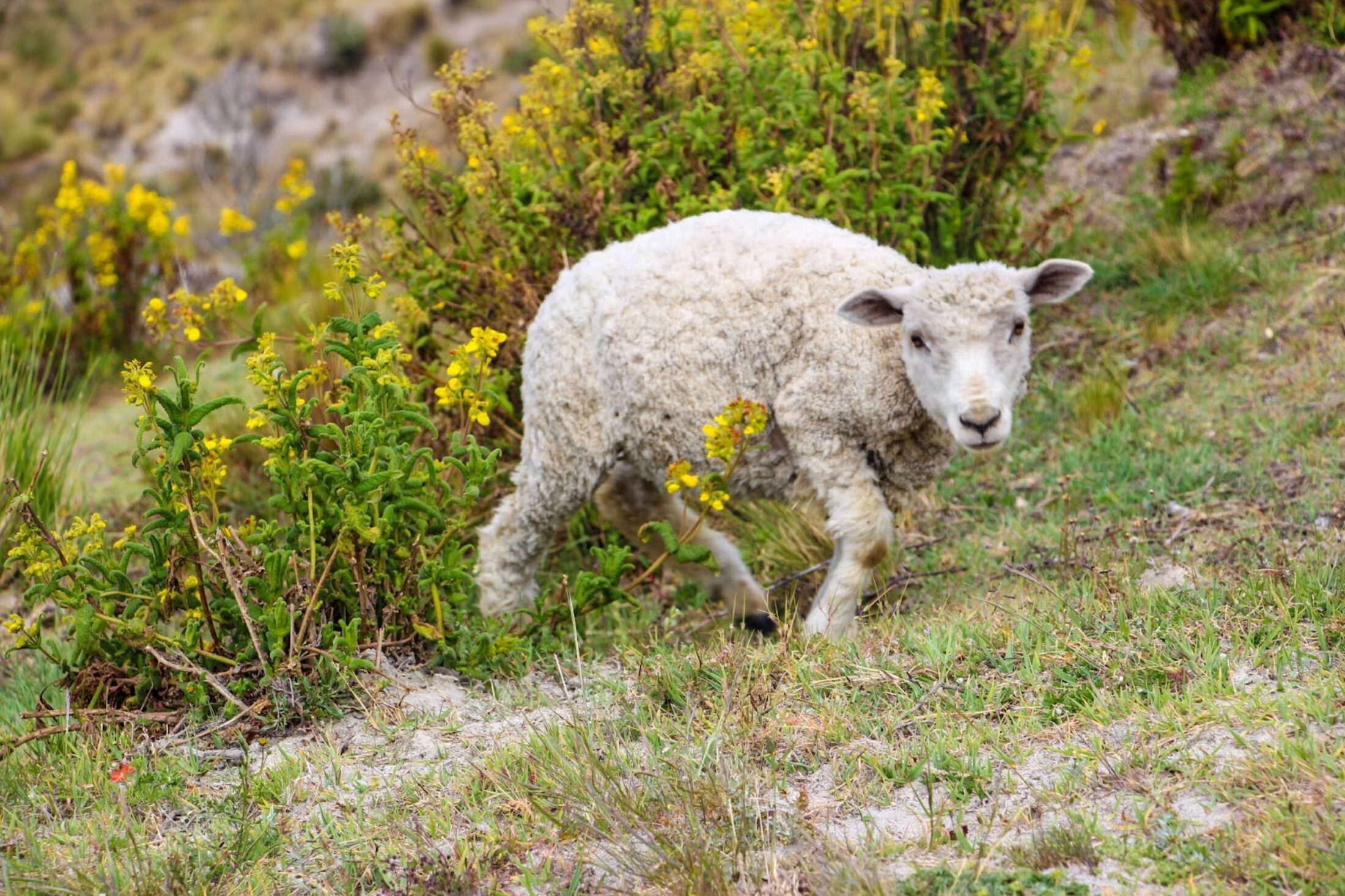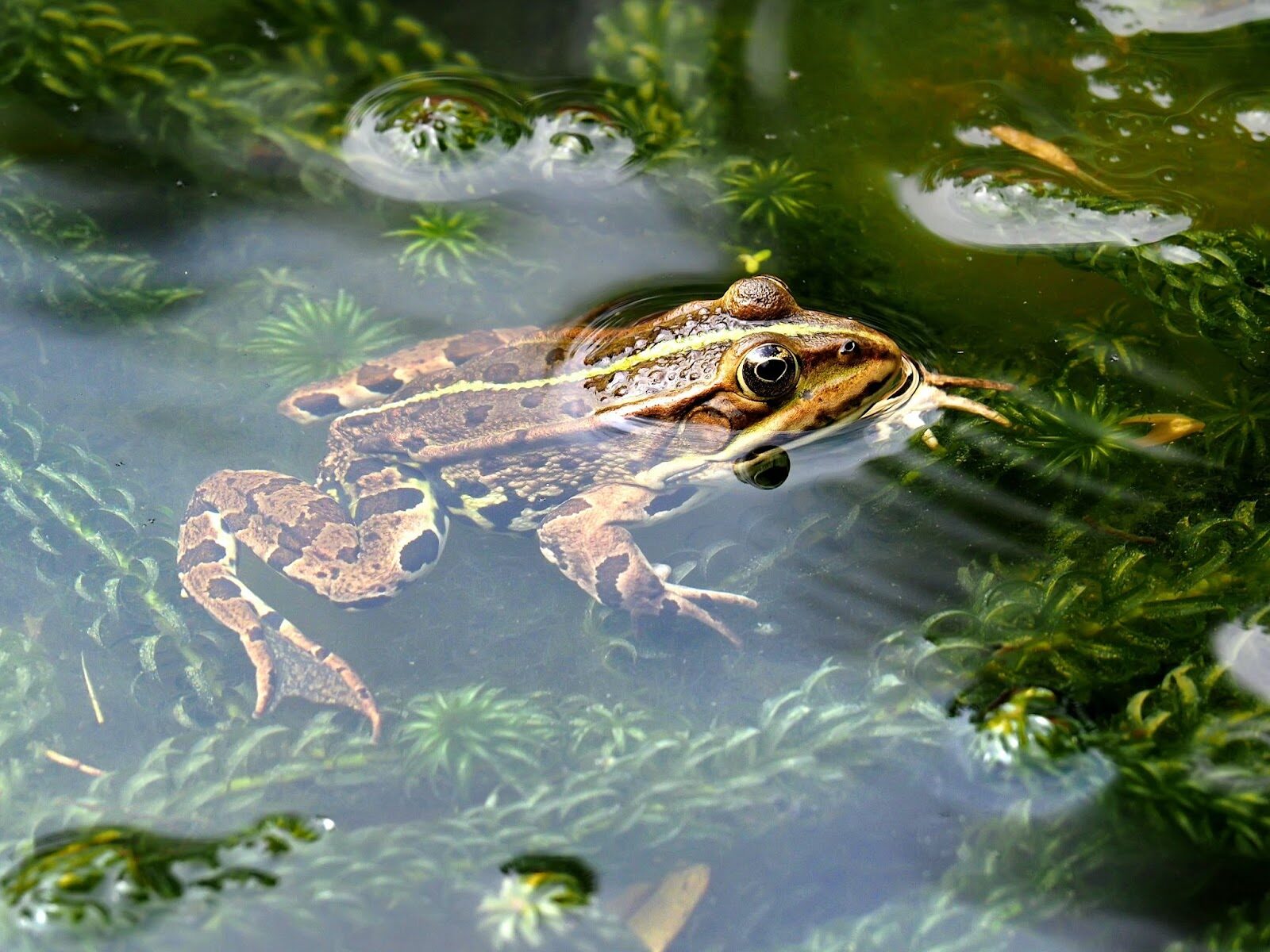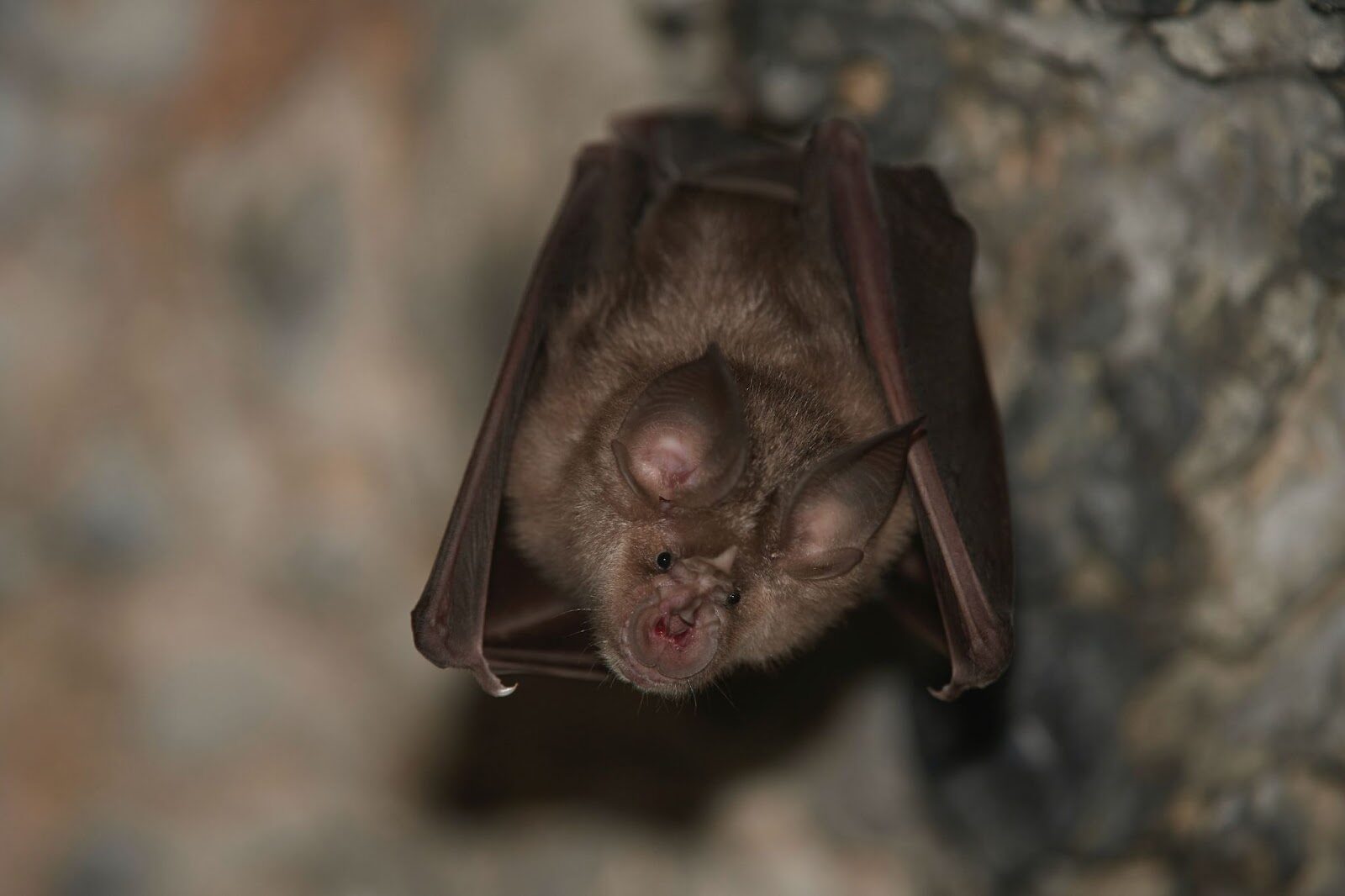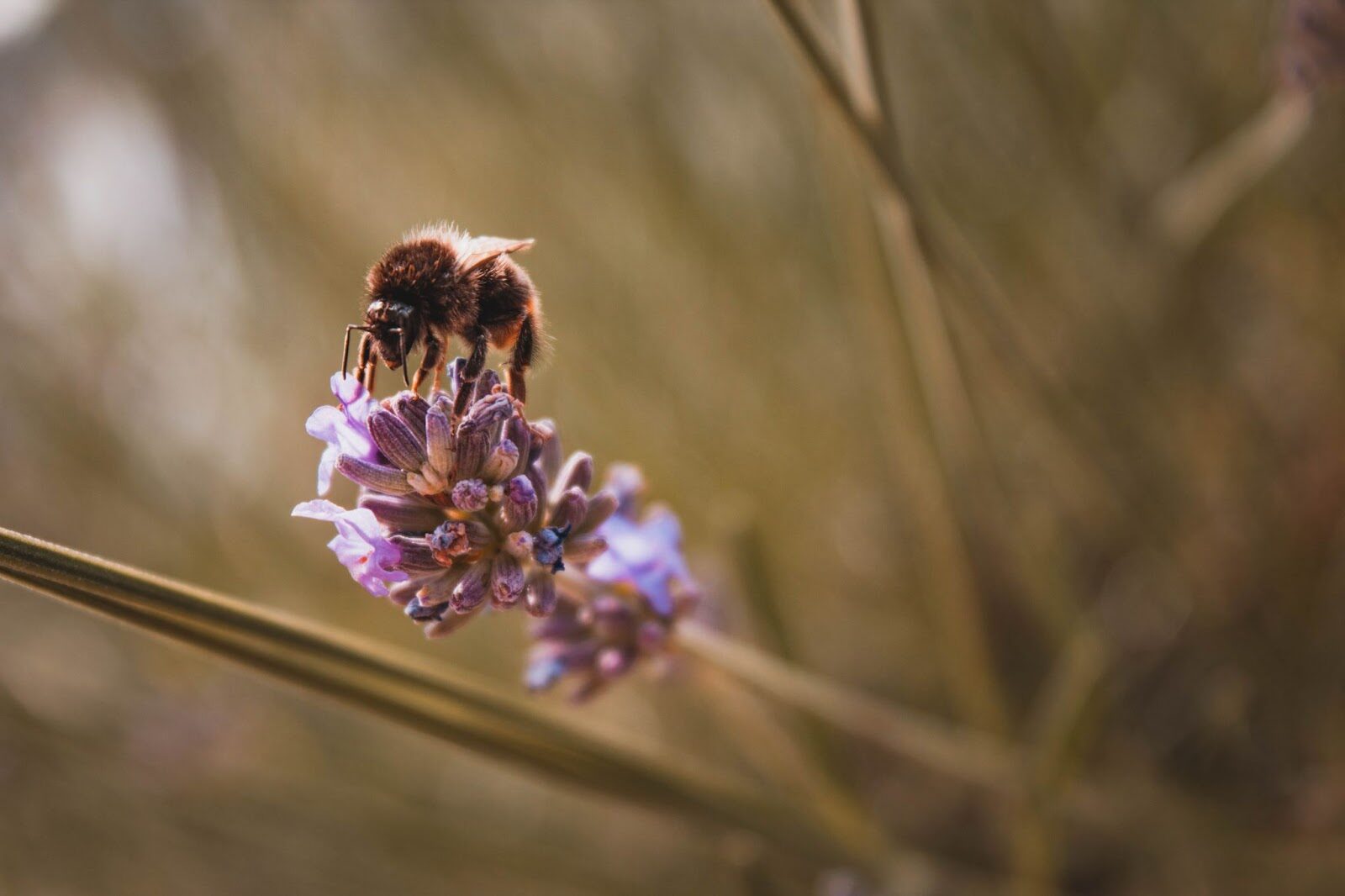The endangered animals being cared for in the Charleroi Metropolitan Area

These birds, insects and mammals have all found refuge in our city, hidden away in secluded corners of the Metropolitan Area. These are threatened or endangered species that citizens are keen to protect. Come on a mini-safari with us and discover the wildlife that is thriving in our regions…
Natterjack toads in Mont-sur-Marchienne
The 16-hectare Brun-Chêne nature reserve is located in a former quarry. The site is made up of both woodland and cliff faces. The former extraction sites offer wild animals both humid areas and sunny spots in which to make their home. The natterjack toad and the midwife toad have both found refuge here.
The natterjack toad can be distinguished by the yellow line on its back. It likes shallow water and that’s where it tends to seek shelter. The female lays thousands of eggs, spread along a black filament.
This toad is nocturnal and has quite a distinctive song, which can be detected by a regular trill (a rapid succession of two notes, close together). It moves only by crawling.
The best place to spot it is around a watering hole, and it is most active in the evening, in March or April, when the breeding season is underway.

Grey herons at Merbes-le-Château
The Haute Sambre nature reserve is home to one of the largest heronries in Belgium. 75 nests are recorded here each year. The grey heron lives on the water’s edge or in the meadows. Its characteristic white head is adorned with large black eyebrows. It can spend hours standing on one leg.
Somewhat of a glutton, it feeds on fish, but also on amphibians, crayfish or even young mice or moles. It likes to nest up in very high trees. Majestic in flight, it can reach 40 km per hour in speed.
Sightings occur during the day, near a marsh or a shallow water point, close to the nature reserve. Its very presence indicates that the area is rich in biodiversity.
Endangered bats in Mariembourg
The Caves of Neptune, just a few kilometres away from Couvin, are home to numerous bat species. The Natagora’s Plecotus Centre has been conducting a census since 2009. And, to their immense surprise, some rare species have been sighted.
The great murine, with its grey-brown back and large wingspan, has found refuge in this cave. It feasts on insects (such as beetles) and can fly up to 20 km to find a hunting ground. Large and small rhinolophs, with their horseshoe-shaped noses, as well as the eared bat, with its warm woolly coat, have also been observed on site.
It is difficult to observe these mammals with their characteristic flight (they are fast and come out at dusk).
Once you are near the cave, stand in a quiet, dimly lit area and watch the bats through a pair of binoculars. Or take advantage of one of the organised bat nights to watch them…. Remember that these animals hibernate and are therefore aren’t seen very often in winter.

The Sambre-et-Meuse sheep in Jamioulx
Although the Sambre-et-Meuse sheep is not a wild species, it has characteristics specific to our region and is worthy of our care and attention, as it is itself in danger of extinction.
In the Sébastopol nature reserve, the land is largely maintained thanks to these hardy sheep. The domestic sheep is an excellent ally for the biodiversity of the reserve. The regular treading of hooves hardens the soil and thus encourages the laying of small insects. Its excrement attracts certain beetles.
This sheep is very self-sufficient, especially for lambing, and easily digests fodder plants. There are only about ten purebred varieties left in our region.
The black bee in Chimay
The Virelles pond has made it a symbol of the nature reserve, over at the House of the Black Bee. This insect, typical of the region, is able to withstand our climate: very rainy periods and sometimes cold or milder winters.
The queen of this species, which has a longer life span than other types of bees, adapts her egg-laying to the climate.
This bee is in danger of extinction due to the import of foreign bees such as the Buckfast or Caucasian bee. It also suffers from a bad reputation: many beekeepers see it as a less productive and more aggressive bee. However, beekeeping practices have disproven this theory about the species…
Since 2004, the municipality of Chimay, followed in 2015 by Momignies, have been protecting this hardy species by authorising its breeding solely on the territory .
